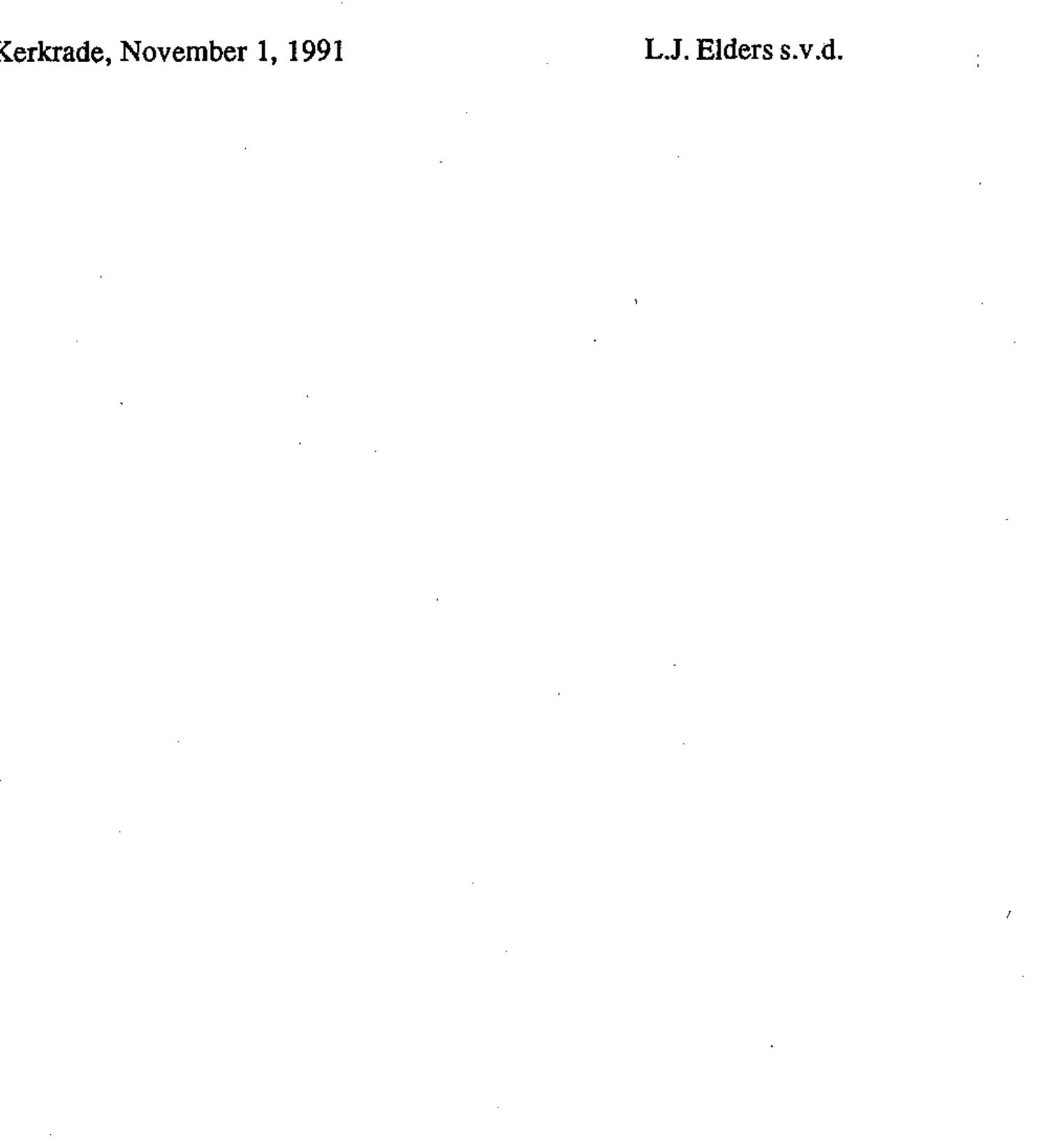
Galileo’s Discourse on Floating Bodies: Early Modern Science, Courtly Debates, and the Fight Against Aristotelianism
Prior to the release of his revolutionary astronomical work, Sidereus Nuncius, in 1610, Galileo Galilei was a fairly unknown academic in the European scientific community. Although he served as a mathematics professor at the University of Padua, mathematics at that time ranked lowest in the established academic hierarchy. In spite of his vibrant personality and innovative ideas, Galileo had yet to reach the level of fame that would ultimately solidify his status as one of the most celebrated figures in the annals of science.
This situation changed overnight with the publication of Sidereus Nuncius—a brief pamphlet revealing his telescopic findings, most notably the four moons of Jupiter (known today as the Galilean moons). This publication not only transformed astronomy but also propelled Galileo into the spotlight, securing him the prestigious role of court mathematicus and philosophicus to Cosimo II de’ Medici in Florence. However, while Galileo’s astronomical observations garnered him notoriety and influence, his subsequent publication—Discourse on Floating Bodies (Discorso intorno alle cose che stanno in su l’acqua, o che in quella si muovono, 1612)—took on a lesser-known yet pivotal role in the intellectual conflicts of the early seventeenth century.
A Book Born from Public Debate
Galileo’s Discourse on Floating Bodies was sparked by a series of fervent public and private disagreements with advocates of Aristotelian natural philosophy in Florence. The immediate catalyst was a debate concerning how ice and other substances behave on water, specifically a contention regarding whether ice remains afloat due to its shape (the Aristotelian perspective) or due to its lower density relative to water (the Archimedean interpretation held by Galileo).
This discourse involved several established Aristotelian philosophers, including Vincenzo di Grazia and Giorgio Coresio. When a local philosopher and rival of Galileo, Lodovico delle Colombe, contested Galileo’s rationale by pointing out that flat pieces of ebony (which are denser than water) float while spherical objects sink, he sparked a public controversy. Although we understand now that this occurrence was caused by surface tension—a concept not known at the time—the debate symbolized a larger struggle between Aristotelian tradition and the emerging experimental and mathematically based worldview championed by Galileo.
The Courtly Arena: Intellectual Debate as Amusement
Cosimo II, Galileo’s Medici patron, understandably grew fatigued by the boisterous and fervent public disputes and urged his court mathematician to respond in a more “dignified” manner. In a meticulously organized court symposium, a direct confrontation was orchestrated between supporters of Aristotle and Galileo defending Archimedean mechanics. With cardinals present and intellectual prestige on show, these confrontations served less as authentic academic discussions and more as erudite spectacles designed to amuse the ducal court, with Galileo assuming the role of a learned court jester or intellectual highlight.
After this notable court appearance, and upon Cosimo’s recommendation, Galileo published his Discourse on Floating Bodies as an official response to the debates.
Key Themes in the Discourse
Galileo’s work, composed in everyday Italian rather than Latin, aimed to support an Archimedean hydrostatic model and directly counter fundamental Aristotelian principles. At the heart of Galileo’s argument was the Archimedean principle of buoyancy: that an object will float if its specific weight (weight divided by volume) is less than that of the fluid it displaces.
In making his case, Galileo sometimes employed rhetorical ridicule, dismissing his opponents’ ideas and contrasting them with the clear systematic nature of Archimedes. Instead of directly confronting his rivals, he opted for the sophisticated tactic of engaging with the posthumous arguments of Francesco Buonamici, a well-regarded Aristotelian scholar, thus bestowing a scholarly facade on his critique while avoiding giving credit to his contemporary adversaries.
Delving deeper into hydrostatics, Galileo extended beyond Archimedes in addressing the hydrostatic paradox (originally articulated more effectively by Simon Stevin) and strived to explain unusual phenomena like the floating flat ebony chips. His explanation—proposing the chip was enveloped in an air layer—sought to maintain the Archimedean framework but ultimately stumbled due to a lack of comprehensive knowledge regarding surface tension.
Reception and Scientific Significance
Despite its ambitious intentions, the Discourse on Floating Bodies did not make the same impact as Galileo’s celestial works. Written in Italian, its reach was limited in Continental academic circles, where Latin remained the primary language of science. In contrast, Simon Stevin’s earlier contributions to hydrostatics, initially published in Dutch, gained wider recognition thanks to a Latin translation by Willebrord Snell, allowing for broader dissemination.